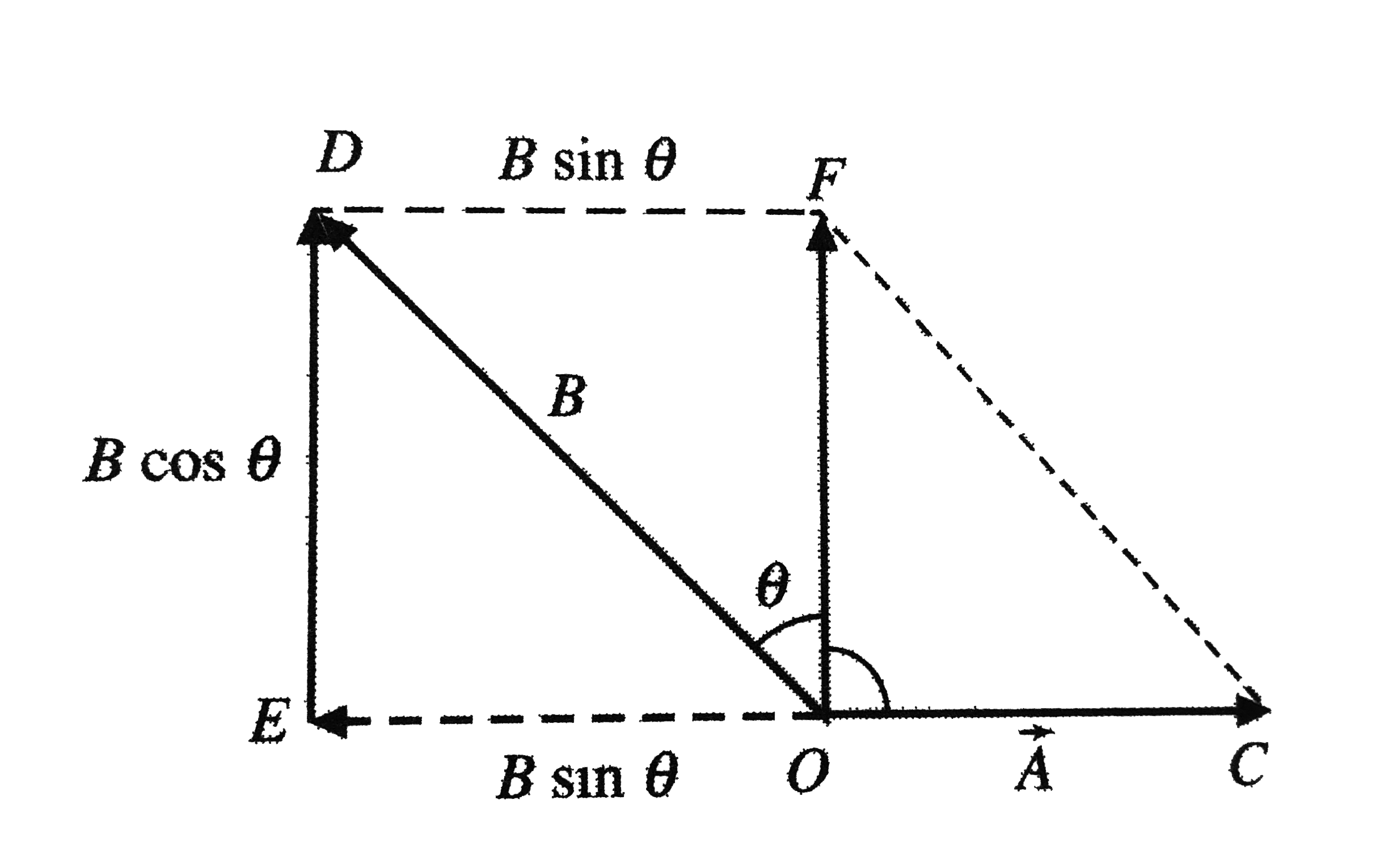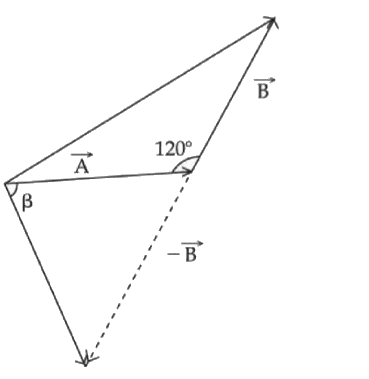The resultant of two vectors →A and →b is perpendicular to the vector →A and its magnitude is equal to half the magnitude of vector →B. The angle between →A and →B is
30∘
45∘
150∘
120∘
The correct Answer is:C
Step by step video, text & image solution for The resultant of two vectors vecA and vecb is perpendicular to the vector vecA and its magnitude is equal to half the magnitude of vector vecB. The angle between vecA and vecB is by Physics experts to help you in doubts & scoring excellent marks in Class 11 exams.
Updated on:21/07/2023Topper's Solved these Questions
- KINEMATICS Book:MTG GUIDEChapter:KINEMATICS Exercise:Topicwise Practice Questions (SCALAR AND VECTOR PRODUCTS OF VECTORS )
Explore 16 Videos
- KINEMATICS Book:MTG GUIDEChapter:KINEMATICS Exercise:Topicwise Practice Questions (MOTION IN A PLANE )
Explore 23 Videos
- KINEMATICS Book:MTG GUIDEChapter:KINEMATICS Exercise:Topicwise Practice Questions (RELATIVE VELOCITY)
Explore 15 Videos
- GRAVITATIONBook:MTG GUIDEChapter:GRAVITATIONExercise:AIPMT/NEET MCQS
Explore 32 Videos
- LAWS OF MOTIONBook:MTG GUIDEChapter:LAWS OF MOTIONExercise:AIPMT /NEET (MCQ)
Explore 24 Videos
Similar Questions
Knowledge Check
The resultant of two vectors →A and →B is perpendicular to the vector →A and its magnitude is equal to half of the magnitude of the vector →B. Find out the angles between →A and →B.
 .A120B90C60D150
.A120B90C60D150The resultant of the vectors A and B is perpendicular to the vector A and its magnitude is equal to half the magnitude of vector B. The angle between →A and →B is :-
A120∘B150∘C135∘DNone of theseTwo vectors →A and →B have equal magnitudes. If magnitude of →A+→B is equal to n times the magnitude of →A−→B, then the angle between →A and →B is :-
Acos−1(n−1n+1)Bcos−1(n2−1n2+1)Csin−1(n−1n+1)Dsin−1(n2−1n3+1)
If two vectors →Aand →Bmake angle 30∘and45∘ with their resultant and →B has magnitude equal to 10, then find magnitude of →A.
View SolutionIf for two vector →A and →B, sum (→A+→B) is perpendicular to the difference (→A−→B). The ratio of their magnitude is
View SolutionIf for two vector →A and →B, sum (→A+→B) is perpendicular to the difference (→A−→B). The ratio of their magnitude is
View SolutionThe two vectors →A and →B are drawn from a common point and →C=→A+→B. Then, the angle between →A and →B is
View SolutionIf →a,→b are unit vectors such that the vector →a+3→b is peependicular to 7→a−→band→a−4→b is prependicular to 7→a−2→b then the angle between →aand→b is
View Solution

